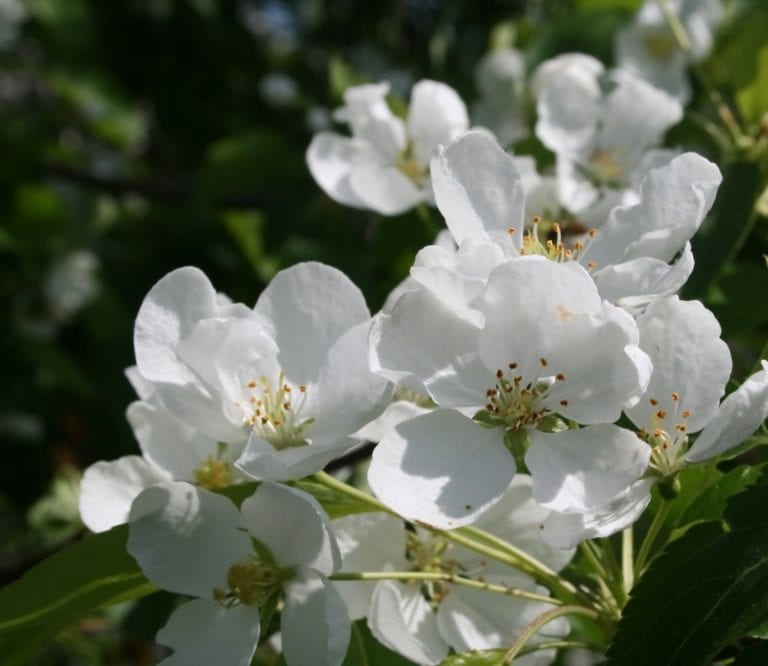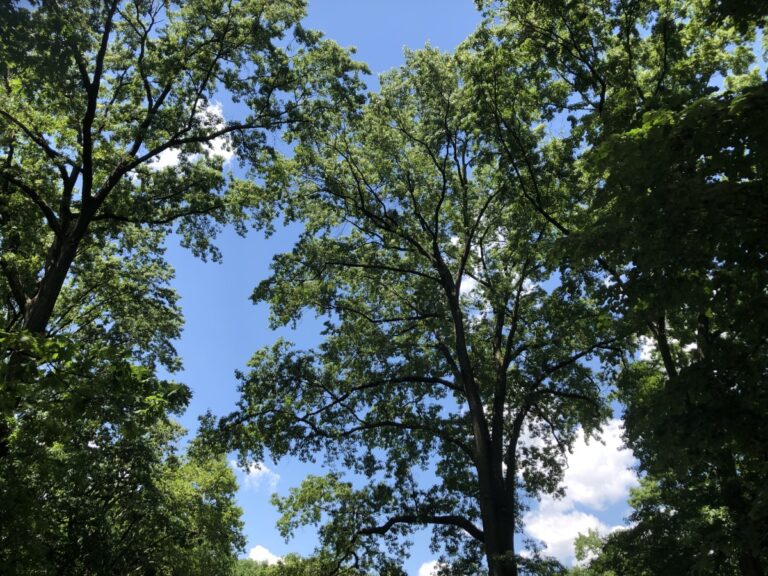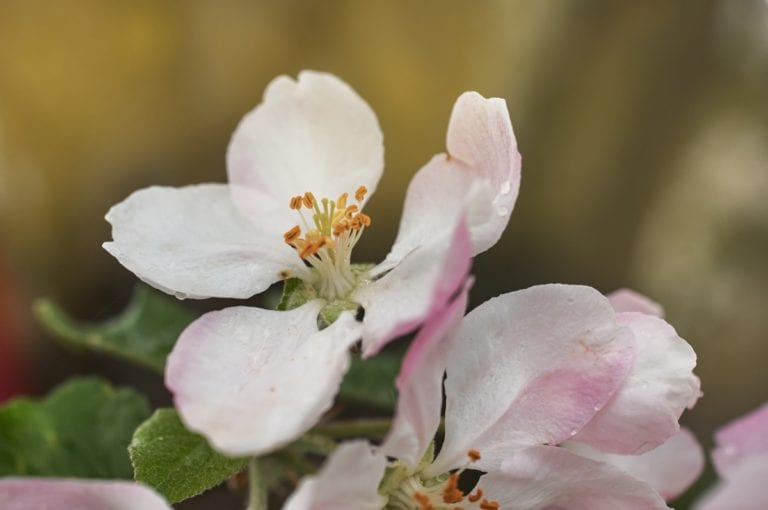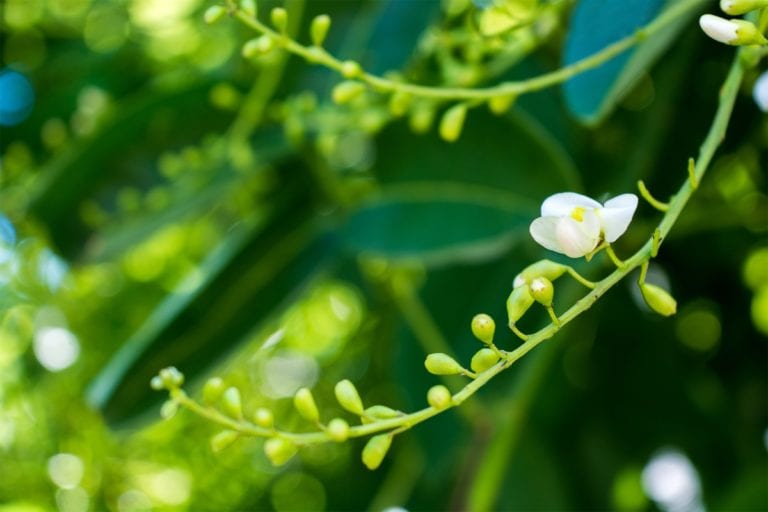750th Week: Generating Flexibility
Walking to work one morning, I was in an area of Central Park where dogs gather for their morning playtime. As often as possible, I walk off the pathways, so I was in the middle of the doggie play area when a dog went by whom I hadn’t seen before. Both hind legs had been amputated and he had one artificial leg in the back to accompany his two front legs. What struck me was how agile he was and how he enjoyed sniffing the ground, moving around with relative ease. His situation looked so different from the many three-legged dogs I see in the park, and I enjoyed watching him move around, nose to the ground, doing regular “dog things”.
As I watched him, I thought about the power inherent in being adaptive and flexible in the presence of life’s challenges, changing circumstances, and unexpected developments. For many of us, the immediate response to change or an unexpected challenge is to pull in and constrict. When we do this, our brain’s natural ability to generate and notice options often goes off-line, leaving us with little to no flexibility.
For this week’s practice, I’d like to offer some suggestions about how to engage both large and small challenges with increased flexibility. One powerful practice drawn from Buddhist sources is learning to soften rather than staying constricted when we are met with a challenge or unanticipated change. When we soften, we give our body a signal that there is no threat, that we can meet what’s in front of us with our whole awareness, meaning that we can more readily access the part of the brain that naturally generates options.
When we’re able to soften, we move away from feeling overwhelmed into a more adaptive state of mind. Another way to help ourselves adapt to change and challenges is to stay focused in the present moment. So often, we move into fears about the future or regrets about the past when challenged. By consistently returning to the present moment, to this breath, to our experience right here and now, we can help ourselves avoid moving into overwhelm. We can then ask ourselves questions such as: What are the options that exist right now? If this is a circumstance that I can’t change, what will help me adapt to it? What choices can I make in the present moment that will support a more flexible and adaptive response?
One of the exercises I’ve used often in classes and with clients is to notice how do you “add logs to the bonfire”. When we become activated, it’s like lighting a bonfire. Then, our constriction, fearful self-talk, and attempts to push away what is uncomfortable inevitably adds to the activation we are already feeling. We’ve “added logs to the fire.” When we choose to soften, to stay in the present moment, and to shift our attention away from self-talk that escalates fear and discomfort, we find that the fire naturally diminishes and we again have greater access to the parts of our brain that orient to options and support our flexibility.
There’s also the always-reliable practice of taking some time to breathe in and out through your heart. There are a number of ways to do this that I’ve shared before, including HeartMath and the Buddhist practice of Tonglen. In a pinch, it’s enough simply to bring your awareness to your heart space and spend a bit of time breathing slowly in and out.
As with all these practices, there aren’t “right” ways to do this one. Instead, there’s an opportunity for you to see what works best for you, what best helps you to stay in the present moment, to help you access your ability to be adaptive, centered, and flexible. Change and challenges are fairly uncomfortable most of the time, and unavoidable as part of everyday living. Flexibility and adaptability arise from having access to options, to new ways to respond, to actions you may need to take, to new learning, and to new discoveries about yourself and/or the situation that confronts you.
Remember to bring along curiosity as your constant companion, as curiosity is part of being flexible and adaptive. Also, it helps to track your judgments and self-talk, as they truly are ongoing forms of self-hypnosis. It can be very helpful to notice what suggestions you give yourself and how you program yourself to be adaptive or constricted as you move through daily experiences.






